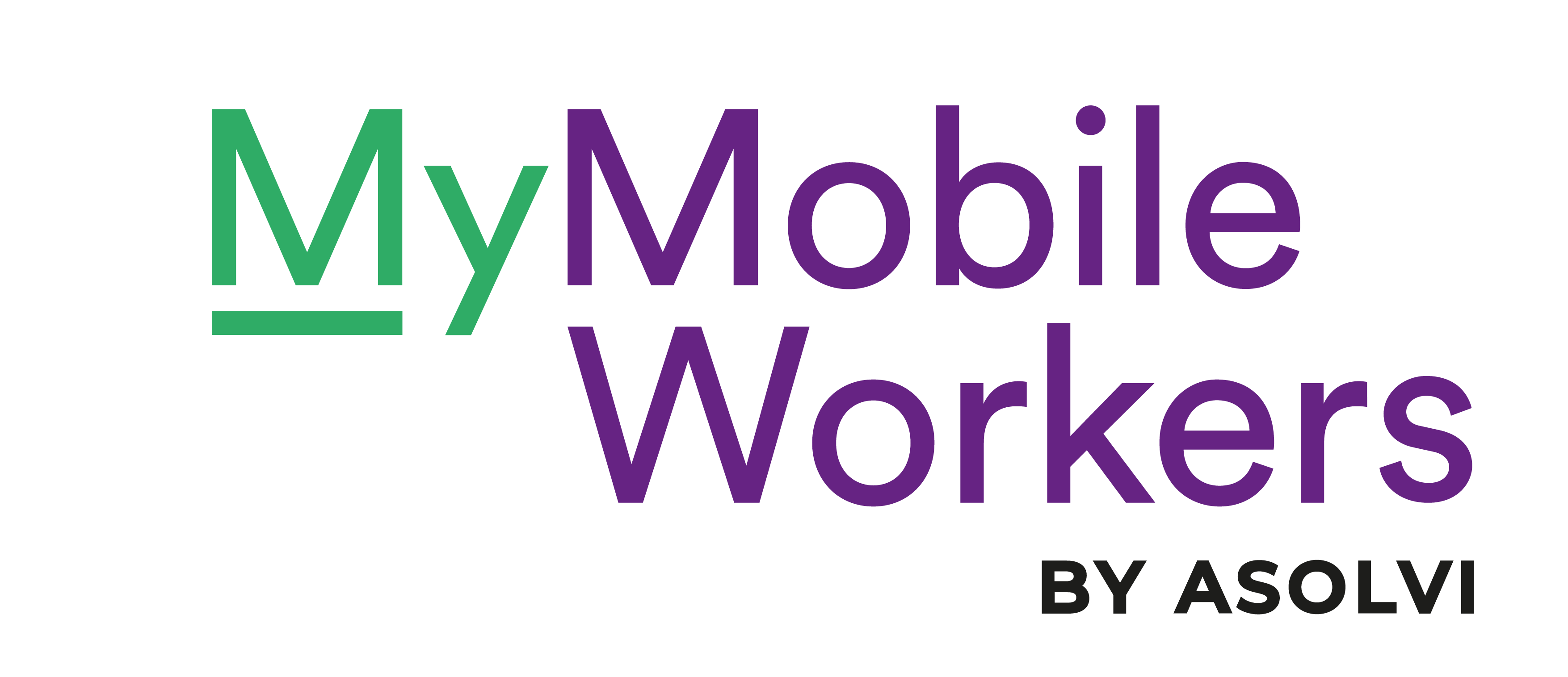Accidents happen - even when you’ve taken all of the preventative measures. Although they're unpleasant, accidents are an opportunity to learn what you can do better and safer. The action you take post-accident is important in making sure your business is running a safe operation. In this article you will learn:
- Why reporting accidents is important for ISO
- Why accidents happen
- Where to report accidents
- How to prevent accidents
- How external companies can help
- How a digital process can help

1. Why reporting accidents is important for ISO
ISO 9001 accreditations are given to highways companies that meet the highest standards in safety and quality. ISO audits look into all aspects of a highways business, but the accident reporting process holds a lot of weight. Accident reporting enables companies to learn what went wrong and put preventative plans in action. Failure to implement a robust accident reporting process will likely result in a major non-compliance and lead to future dangerous accidents. You can learn more about how to prep for your next ISO audit in our free guide.
2. Why accidents happen
Accidents happen when companies take their eyes off the ball. Failure to keep up to date with the following can create a dangerous environment for your workers, where corners are cut and the proper measures aren’t enforced. The most common pitfalls are as follows:
- Forgetting the basics (PAT tests, risk assessments, vehicle checks)
- Not keeping supplier registers up to date (Insurance certificates, etc)
- Not keeping equipment registers up to date (Service records, mandatory checks etc)
- Not keeping up with legislation
- Failing to abide by your own process
3. Where to report accidents
Reporting accidents to HSE is a legal requirement under RIDDOR (Reporting of Injuries, Diseases and Dangerous Occurrences Regulations 2013) and MHSW (Management of Health and Safety at Work), so having a clear accident reporting process is vital. As the name suggests, to be compliant with RIDDOR, all injuries, diseases and dangerous occurrences need to be reported to HSE. However, to be compliant with MHSW, you need to manage and assess all risks that arise from work-related activity and take reasonable steps to avoid such occurrences.
Your business should have a robust accident reporting policy to follow in the event of an accident, which aims to clearly demonstrate what happened and how to avoid such accidents in the future. If you are paid a visit by HSE auditors, they will likely want to take a look at any previous accidents and your accident reporting policy and process.
4. How to prevent accidents
We’ve all heard the phrase, ‘prevention is better than the cure’ and it could not be more true. Accidents don’t just open your business up to the possibility of fines, but they risk the health and safety of your employees. Taking reasonable measures to prevent accidents is our duty as employers. These measures include but aren’t limited to:
5. How external companies can help
External compliance support companies like Smart Safety Services can be a huge help to SME businesses who are worried about accident reporting and ISO audits in general. Working with a company like Smart Safety Services gives you access to industry professionals who can help your business create safe working practices and provide a deeper understanding of when incidents need escalating. They can show you when accidents legally need reporting and how to put in preventive measures to stop the same accident happening twice.
6. How a digital process can help
Utilising a digital workforce management system makes the process of preventing and reporting accidents so much easier than with a paper based approach. With enforced risk assessments, vehicle checks and resource planners that clearly show qualifications and equipment quality, the risk of accidents is greatly reduced. When accidents are reported RIDDOR or MHSW, the digital paper trail provided by a workforce management system ensures you can provide detail and demonstrate how reasonable action was taken to prevent the accident.
For further information on preventing accidents, the ISO audit process and how to best prepare for it, download our free guide: How to prep for your next ISO audit.


